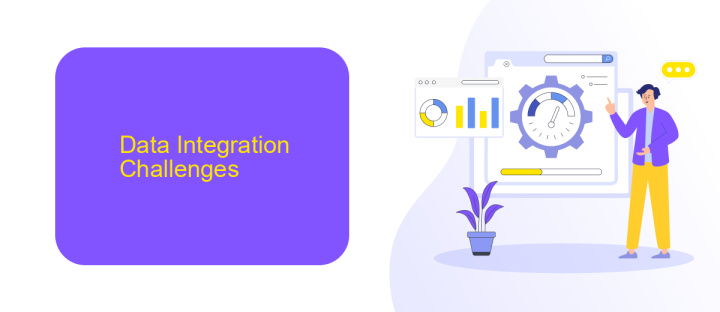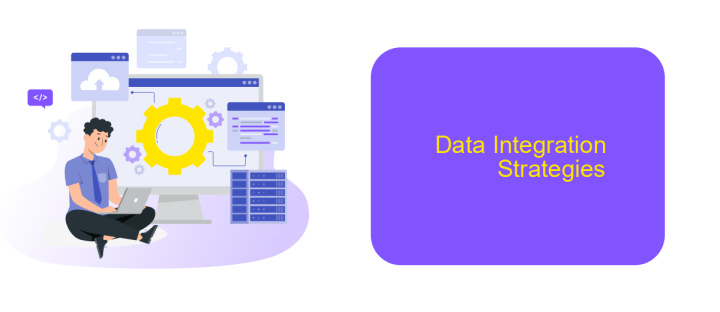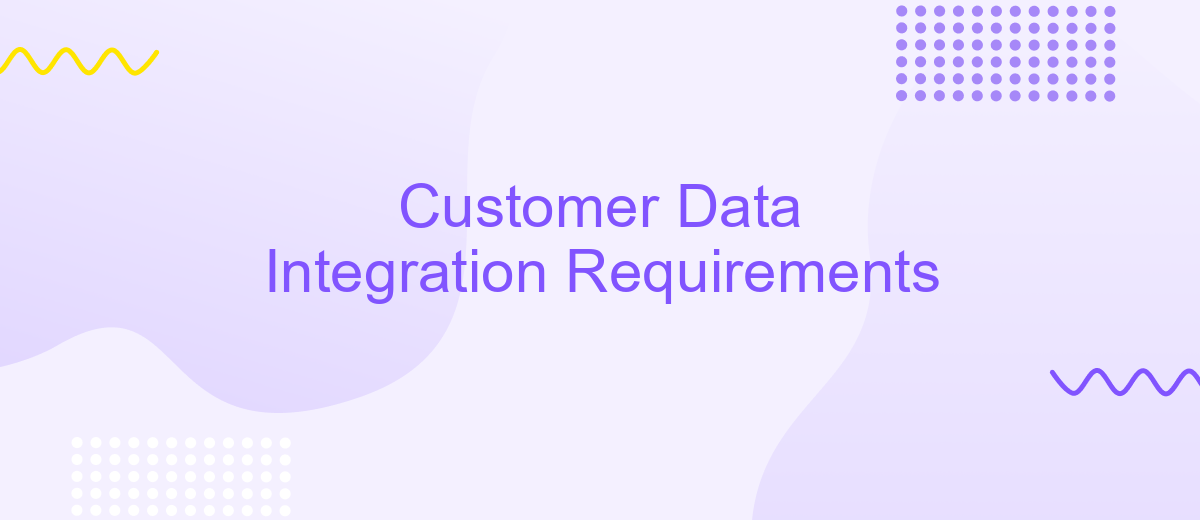Customer Data Integration Requirements
In today's data-driven world, effective customer data integration is crucial for businesses aiming to enhance their customer experience and streamline operations. This article explores the essential requirements for successful customer data integration, highlighting key considerations such as data accuracy, consistency, and security. By understanding these requirements, organizations can better manage customer information and drive more informed decision-making.
Purpose and Benefits
Customer Data Integration (CDI) is essential for businesses aiming to achieve a unified view of their customers. By integrating data from multiple sources, companies can enhance their decision-making processes, improve customer experiences, and streamline operations. Effective CDI ensures that all customer-related data is accurate, up-to-date, and easily accessible across various departments.
- Enhanced data accuracy and consistency
- Improved customer insights and personalization
- Streamlined operations and reduced manual data entry
- Better compliance with data protection regulations
- Increased agility in responding to market changes
Utilizing services like ApiX-Drive can significantly simplify the process of integrating customer data from various platforms. ApiX-Drive offers automated workflows that connect different applications, ensuring seamless data transfer and synchronization. This not only saves time but also reduces the risk of errors, allowing businesses to focus on leveraging their data for strategic advantages.
Data Integration Challenges

Integrating customer data from multiple sources presents several challenges. One of the primary issues is data inconsistency, where information from different systems may be formatted or categorized differently. This can lead to errors and difficulties in creating a unified view of the customer. Additionally, data synchronization is a significant challenge, as changes in one system need to be accurately and promptly reflected across all integrated systems. Without proper synchronization, businesses risk making decisions based on outdated or incomplete data.
Another challenge is ensuring data security and compliance, especially when dealing with sensitive customer information. Integrating data across various platforms increases the risk of data breaches and non-compliance with regulations like GDPR or CCPA. Tools like ApiX-Drive can help mitigate these challenges by providing a seamless and secure way to connect different data sources. ApiX-Drive offers automated data transfer and synchronization, ensuring consistency and reducing the risk of errors. Moreover, it supports compliance by implementing robust security measures to protect customer data during integration processes.
Data Integration Requirements

Effective customer data integration is crucial for businesses aiming to streamline operations and enhance customer experiences. To achieve seamless integration, several requirements must be met to ensure data accuracy, consistency, and accessibility across various platforms.
- Data Standardization: Ensure that data formats are uniform across all sources to facilitate easy merging and analysis.
- Real-Time Data Sync: Implement systems that allow for real-time data updates to maintain the most current information.
- Data Security: Employ robust security measures to protect sensitive customer information during integration processes.
- Scalability: Choose integration solutions that can grow with your business needs without compromising performance.
- Compliance: Ensure that data integration practices comply with relevant regulations and standards.
Using services like ApiX-Drive can significantly simplify the integration process. ApiX-Drive offers a user-friendly platform that enables businesses to connect multiple data sources effortlessly, ensuring real-time synchronization and robust security measures. By leveraging such tools, companies can focus on leveraging their integrated data to drive better decision-making and enhance customer satisfaction.
Data Integration Strategies

Effective data integration strategies are vital for businesses aiming to unify customer data from various sources. The primary goal is to ensure seamless data flow, accuracy, and accessibility, which facilitate better decision-making and enhanced customer experiences.
To achieve this, businesses should adopt a comprehensive approach that includes understanding the data landscape, selecting appropriate integration tools, and implementing best practices. One such tool that can simplify the integration process is ApiX-Drive, which offers automated data synchronization between multiple applications.
- Identify and analyze all data sources to understand the data flow and dependencies.
- Select robust integration tools like ApiX-Drive to automate and streamline data transfer.
- Implement data validation and cleansing processes to maintain data quality.
- Ensure data security and compliance with relevant regulations.
- Regularly monitor and optimize integration processes for continuous improvement.
By following these strategies, businesses can create a unified customer data ecosystem that improves operational efficiency and drives better customer insights. Leveraging tools like ApiX-Drive can significantly reduce the complexity and manual effort involved in data integration, allowing businesses to focus on their core objectives.
Conclusion
In conclusion, effective customer data integration is crucial for businesses aiming to optimize their operations and enhance customer experiences. By consolidating data from various sources into a unified system, companies can gain valuable insights, streamline processes, and make more informed decisions. Ensuring data accuracy, security, and compliance are fundamental requirements that cannot be overlooked in the integration process.
Utilizing tools like ApiX-Drive can significantly simplify the integration process. ApiX-Drive offers seamless connectivity between various platforms, allowing businesses to automate data transfers and maintain consistency across systems. This not only reduces manual efforts but also minimizes errors, ensuring that the integrated data is both reliable and up-to-date. By leveraging such services, organizations can focus more on strategic initiatives, confident that their customer data integration is robust and efficient.
FAQ
What is Customer Data Integration (CDI)?
Why is CDI important for businesses?
What are the key requirements for effective CDI?
How can businesses automate and streamline the CDI process?
What challenges might businesses face with CDI and how can they overcome them?
Apix-Drive will help optimize business processes, save you from a lot of routine tasks and unnecessary costs for automation, attracting additional specialists. Try setting up a free test connection with ApiX-Drive and see for yourself. Now you have to think about where to invest the freed time and money!

